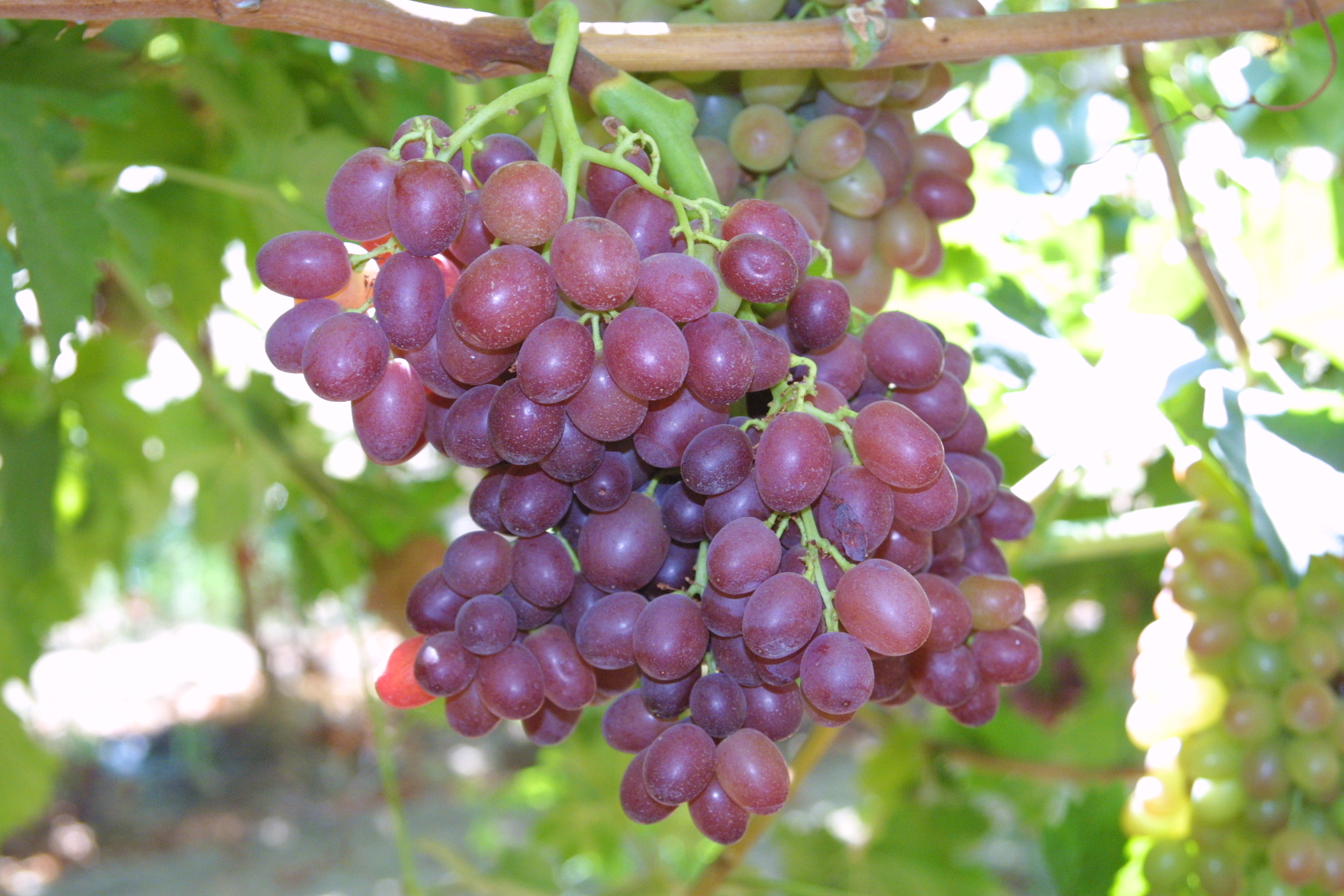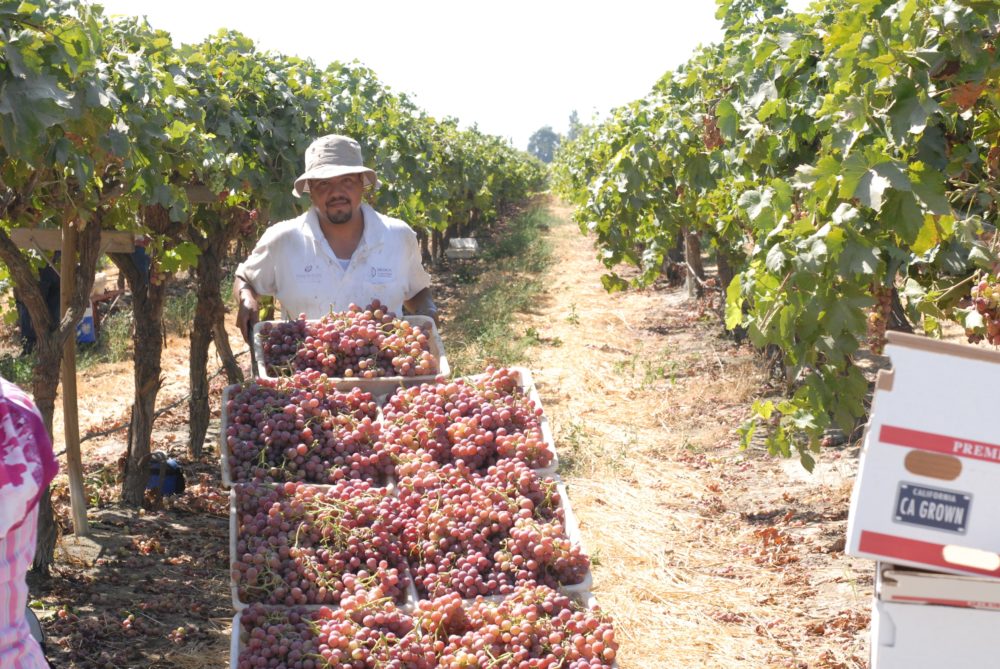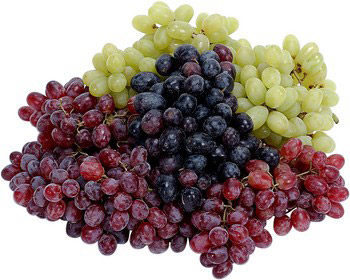Go With Grapes Commercials Launch
Go with Grapes From California Every Day
A set of three new commercials extending the Go with Grapes from California Every Day global marketing campaign has launched in the U.S. and key export markets.
Airing now in the U.S. on cable television, each commercial focuses on one of three key grape-oriented messages: California origin, snacking, or health. In the U.S., the commercials also run on social media and on a variety of online content providers.
In key export markets, consumers will see the commercials in a variety of venues. In South Korea, the commercials will be shown on digital screens in subway stations, malls, and surrounding outdoor areas. Consumers in Australia, New Zealand, and the Philippines will see the commercials on social media. In Japan and Taiwan, consumers will see the commercials in-store near the grape display and on retailer-operated digital screens and billboards.
“The commercials are vibrant and lighthearted and in a simple way communicate grapes’ centrality in snacking and heart health while reinforcing that the best grapes are grown in California,” said Kathleen Nave, president of the California Table Grape Commission which fields the grower-funded campaign.
And to find out how great grapes are for you see this article.
View the commercials below:





















